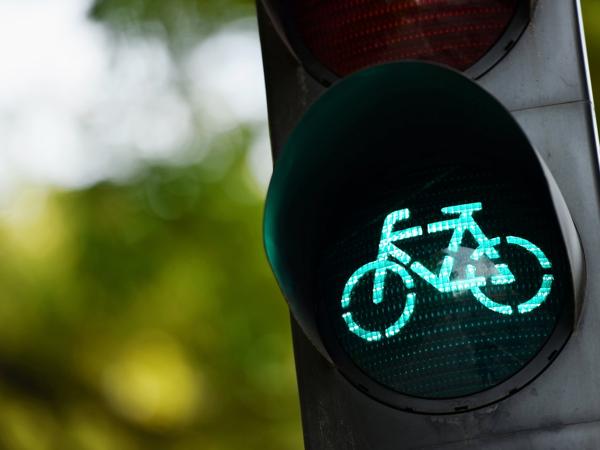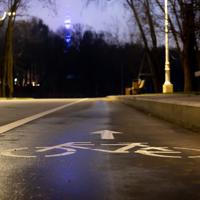When it comes to bicycle commuting and riding through urban environments, safety is crucial. One essential aspect of ensuring your safety is having proper lighting on your bike. Properly mounting your bike lights can make a difference in visibility and road safety. Let’s explore some practical tips to help you mount your bike lights effectively.
Choose the Right Lights and Mounts
Before diving into mounting options, it’s important to select lights that suit your needs. Front lights generally range from high-powered lights suitable for dark paths to smaller “be seen” lights for city streets. Rear lights typically offer a red light to alert vehicles and other cyclists of your presence. Ensure that the mounts you choose are compatible with your specific lights and the style of your bicycle.
Front Light Placement
Handlebar Mounting: Most cyclists attach their front lights to the handlebars. This position allows the beam to illuminate the path ahead effectively. When mounting, ensure that the light is centered and level to avoid illuminating the sky or sharply focusing on the ground. Adjust according to your height and terrain.
Helmet Mounting: Some riders prefer to attach a light to their helmet, which can be useful when looking around corners or at obstructions. This setup provides flexibility and improves visibility, but remember that the added weight might be uncomfortable on longer rides.
Fork Mounting: For those using bikepacking gear or handlebar bags, mounting a light on the front fork can be an alternative. This lower position may require additional adjustments to maintain a clear light path.
Rear Light Placement
Seat Post Mounting: This is a traditional and effective rear light placement. By attaching the light to your seat post, you can ensure it’s visible to drivers and cyclists behind you. Adjust the angle so it’s not pointing too high nor low.
Rear Rack or Pannier Mounting: If you use a rear rack or panniers, consider attaching the light to these accessories. Many racks have built-in mounting points, making it convenient for riders with bikes loaded for commuting or touring.
Seat Stay Mounting: For additional visibility, some cyclists add a second rear light to the seat stays (the bike frame’s rear triangle). This positioning can help when your bike’s seat post is already occupied by other accessories.
Securing Your Lights
Ensure that your lights are securely mounted to avoid them bouncing or falling off during your ride. Most lights come with rubber or silicone straps which work well but check them regularly for wear and tear. For more robust options, you might explore bracket mounts that screw into place.
Testing and Adjusting Your Setup
Once you’ve mounted your lights, take a test ride in a safe space. This allows you to gauge how well your lights are working in real conditions. Make adjustments to the direction and positioning of your lights as needed. It can be helpful to periodically reassess your setup, especially if you make changes to your bike or gear.
Monitoring Battery Life
No matter how well your lights are mounted, they won’t help if the batteries die. Rechargeable lights often have indicators, but it’s best to uset a regular charging schedule to ensure you’re never left in the dark. For lights using disposable batteries, consider carrying extras on long rides.
Conclusion
Finding the right setup for your bike lights can significantly enhance your safety and cycling experience. Experiment with different mounting styles and identify what works well for your environment and riding habits. No method is universally perfect, but with careful consideration and periodic adjustments, you’ll find a solution that suits your needs. Happy cycling!
Have any tips of your own? Share them with the bikelanes.com community, and let’s help each other ride safely through our urban jungles.




